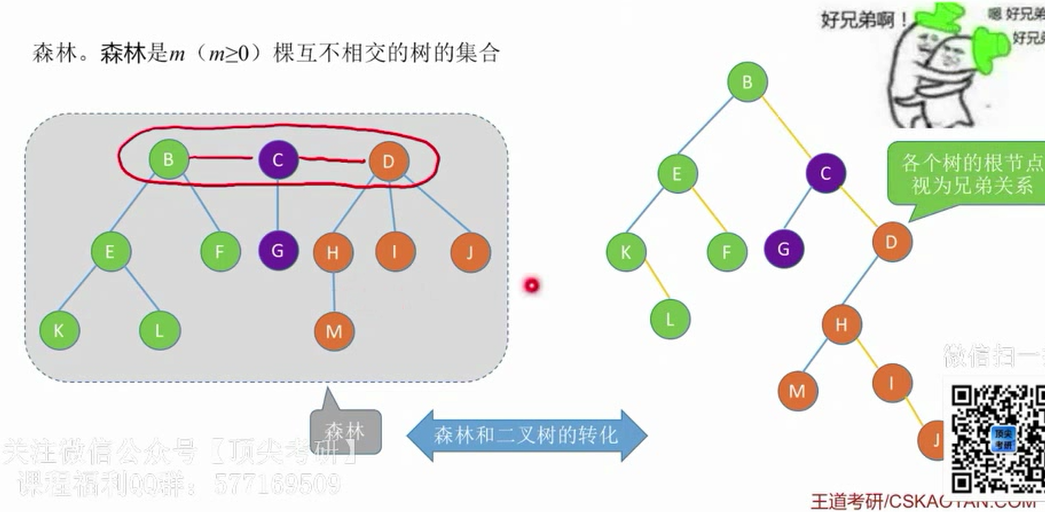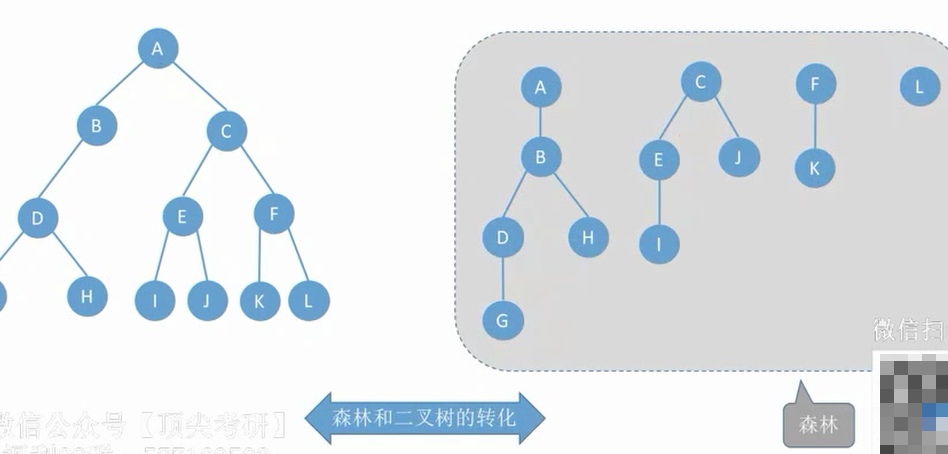树——存储结构
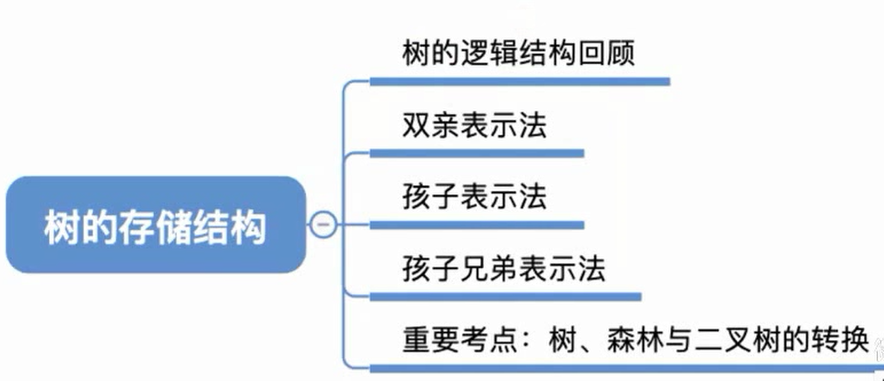
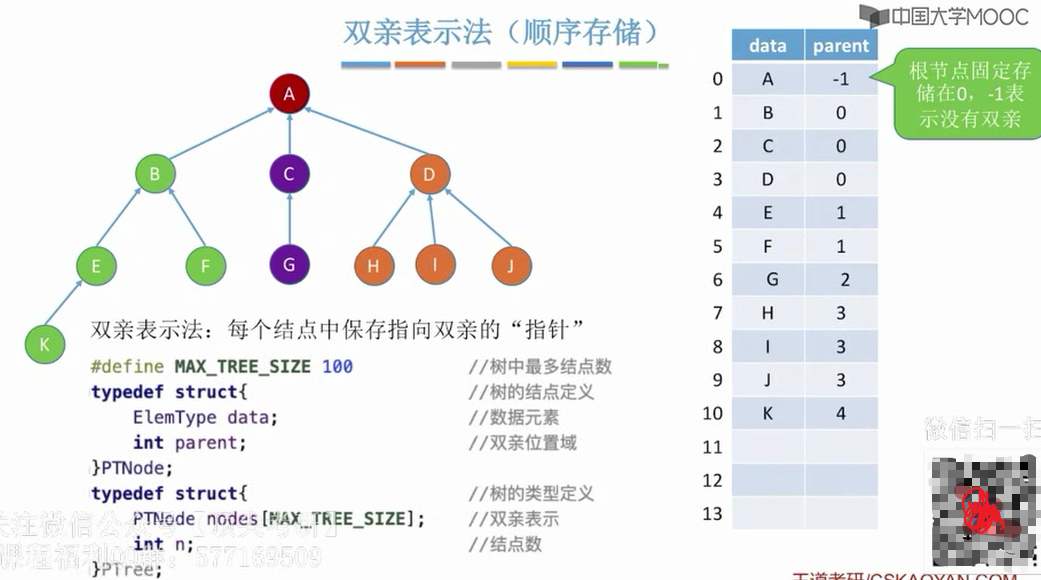
双亲表示法(顺序存储)
双亲表示法:每个节点中保存指向双亲的“指针”
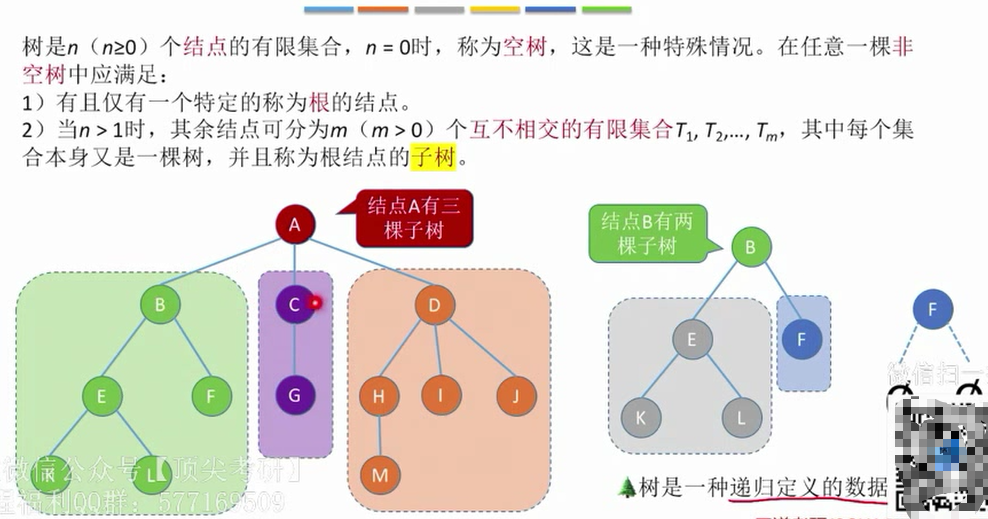
#define MAX_TREE_SIZE 100 //树中最多的结点数
typedef struct{ //树的结点定义
ElemType data; //数据元素
int parent; //双亲位置域
}PTNode;
typedef struct{ //树类型定义
PTNode nodes[MAX_TREE_SIZE]; //双亲表示,由各个结点组成的数组
int n; //结点数
}PTree;

孩子表示法(顺序+链式存储)
顺序存储各个结点,每个节点中保存孩子链表头指针
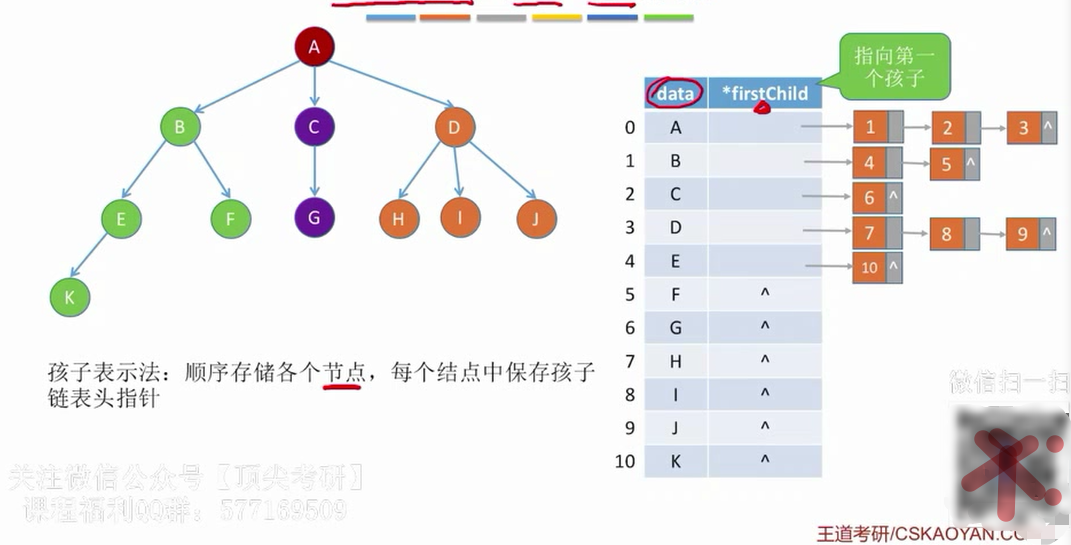
struct CTNode{
int child;//孩子结点在数组中的位置
struct CTNode *next;//下一个孩子
};
typedef struct {
ElemType data;
struct CTNode *firstChild;//第一个孩子
}CTBox;
typedef struct{
CTBox nodes[MAX_TREE_SIZE];
int n,r;//结点数和根的位置
}CTree;
孩子兄弟表示法(链式存储)
//树的存储——孩子兄弟表示法
typedef struct CSNode{
ElemType data;//数据域
struct CSNode *firstchild,*nextsibling;//第一个孩子和右兄弟指针
}CSNode,*CSTree;
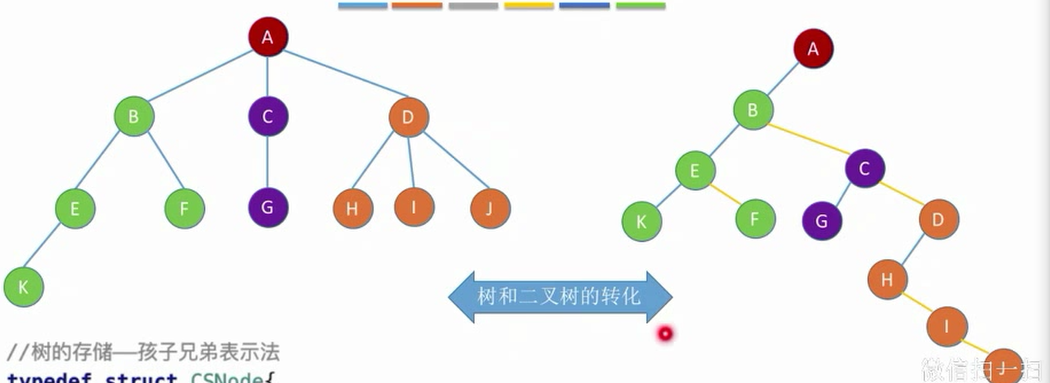
优点:利用我们熟悉的二叉树操作来处理树
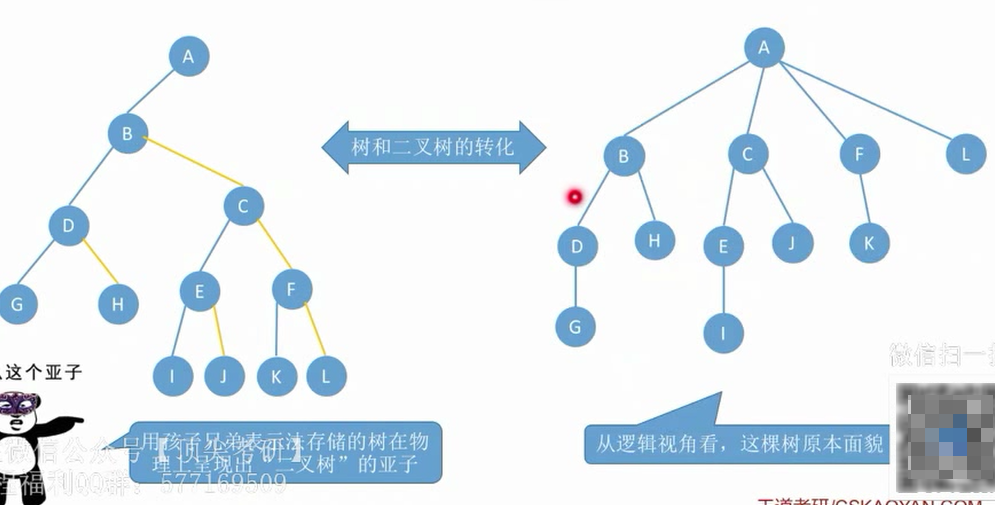
森林二叉树相互转换
